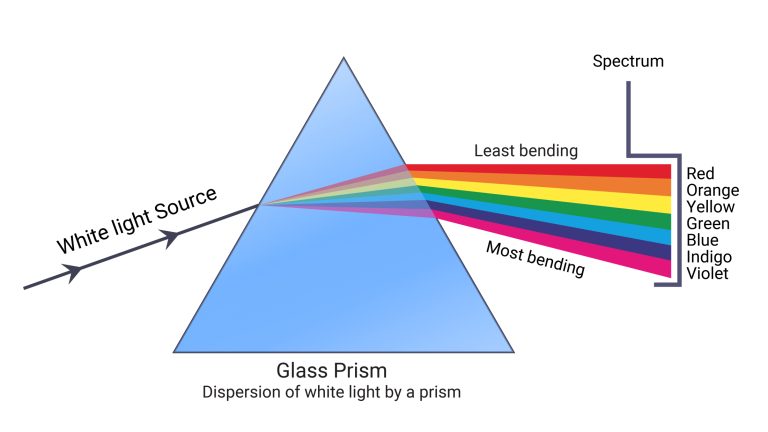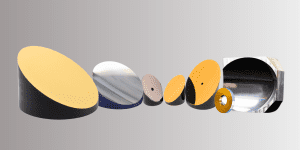Key Takeaways:
- Ignoring dispersive properties in optical materials can lead to issues like chromatic aberration, which results in color fringing and poor image quality.
- Dispersion occurs when light separates into its component wavelengths, each refracted differently based on their speed and direction through a medium.
- The Abbe value quantifies this dispersion; lower values indicate higher dispersion. Choosing materials with low dispersion or compensating for it in design can prevent these issues.
- The international glass code helps determine both refractive index and dispersion.
Ignoring the Dispersive Properties of Materials
You may have carefully chosen your optical materials based on refractive index, durability, and a host of other important parameters, but if you ignore dispersive properties you could run into trouble.
Often we imagine light as a single ray, always maintaining its own integrity even while manipulated by lenses, mirrors, and other optical devices. It turns out that concept of light useful though it might be in its simplicity isn’t always a very good visual for what is going on. Different wavelengths of light behave differently and propagate at different speeds. The index of refraction itself changes as wavelength changes. That makes a good knowledge of the dispersive properties of optical materials very important if you don’t want to run into unpleasant surprises.

In this article, part five in a series on optical pitfalls and how to avoid them, we’ll look at just how the dispersive properties of matter change how light behaves. We’ll also look at how we can predict how much a given substrate disperses light. Not all substrates have significant dispersive properties, but many do. This dispersive behavior of any material can be quantified in a simple way by a number we call Abbe’s value.
First off, just what is dispersion?
What is Dispersion?
Dispersion is the separation of light into its component wavelengths. When light is passed through an optical medium such as a lens, not only speed but also direction will depend on the wavelength of light. If the light consists of multiple wavelengths, this difference in speed and direction separates the beam into its component parts.
One beautiful example of this can be seen when you pass visible light—- white light— through a prism. Each color band travels along a slightly different path, and the result is a rainbow of colors.

Optical dispersion can be harnessed for beam splitting purposes, but more often it’s an unwanted side effect of the nature of light. The splitting by wavelengths causes what is called chromatic aberration, and you may see a halo or fringes of colors at contrast points on images.
Why Ignoring the Dispersive Properties of Materials Matters
To understand how dispersive properties can produce undesired effects, imagine a simple telescope with just two focusing lenses. Let’s assume that this telescope is perfect in all ways except that the maker did not account for dispersion. Ideally, the telescope should give a clear view of the object, and all refracted rays would meet at the focus. But dispersion can wreack havoc on your otherwise perfect system.
When you, the end user, attempt to focus the telescope, you’ll find you’re playing a losing game. When you bring the red part of the spectrum into focus, blue elements of the image might show a halo. Refocus the other way, and now your blue is in focus, but the red now has the halo. We call this chromatic aberration.
Chromatic aberration is why it’s important to either choose materials with low dispersion or to design a system where dispersion gets ‘canceled out’ by interactions between elements.
Abbe Value
The Abbe Value is a number that tells us how much the index of refraction of a particular substance depends on the wavelength of light. It is calculated with the index of refraction at three different wavelengths: 486.1 nm, the blue hydrogen f line; 589.3 nm, the yellow sodium d line, and 656.3, the red hydrogen c line.

The lower the Abbe number of a substrate, the higher the dispersion. We can classify glass according to how much it disperses light; crown glass has an Abbe number of 55 or greater, and flint glass has a dispersion number of less than 50.
The international glass code is a six-digit number, where the first three digits are the index of refraction at 59.3. nm minus one, then rounded to three digits. This is followed by Abbe’s number, rounded to three digits and with decimal numbers removed. The international glass code of BK7, a Schott borosilicate crown glass, is 517642. That refers to an index of refraction of 1.5168, and an Abbe value of 64.17. Checking the international glass code is a great way to find both the index of refraction and the dispersion level of a particular type of glass.
GREAT ARTICLE!
Share this article to gain insights from your connections!







